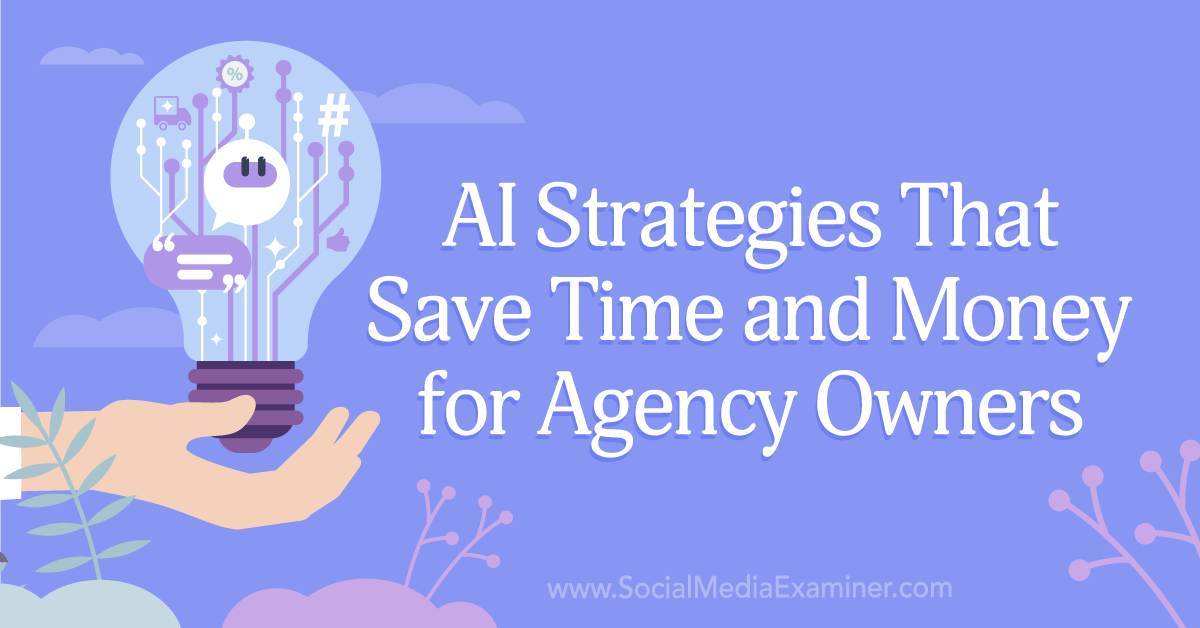Introduction to HTML tags:
HTML tags are used to structure and format content on web pages. They provide instructions to browsers on how to display and interpret the content. In this article, we will discuss the various HTML tags and their uses, including headings, paragraphs, lists, links, images, and more. Understanding HTML tags is essential for anyone involved in web development or content creation. Let’s dive in!
Heading Tags:
Heading tags are used to define headings or titles on a web page. There are six levels of heading tags, from h1 to h6, with h1 being the highest level and h6 being the lowest. These tags help organize and structure the content, making it more readable and accessible to users and search engines.
Paragraph Tags:
Paragraph tags are used to define paragraphs or blocks of text on a web page. They provide a visual separation between different sections of text and make the content more readable. By using paragraph tags, you can control the spacing and formatting of the text within each paragraph.
List Tags:
List tags are used to create ordered and unordered lists on a web page. Ordered lists are numbered, while unordered lists use bullet points. List tags help organize and present information in a structured and easy-to-read format. They are commonly used for creating navigation menus, product features, or any other type of list-based content.
Link Tags:
Link tags are used to create hyperlinks on a web page. They allow users to navigate between different pages or sections of a website. By using link tags, you can specify the destination URL and customize the appearance of the link. Links are an essential part of web navigation and provide a way for users to interact with the content.
Image Tags:
Image tags are used to insert images on a web page. They provide a way to display visual content, such as photos, illustrations, or logos. Image tags allow you to specify the image source, alt text, width, height, and other attributes. Images are an effective way to enhance the visual appeal and engagement of a web page.
Table Tags:
Table tags are used to create tables on a web page. They allow you to organize and present data in rows and columns. Table tags provide a structured format for displaying data, making it easier for users to understand and analyze. Tables are commonly used for displaying pricing plans, comparison charts, or any other type of tabular data.
Form Tags:
Form tags are used to create interactive forms on a web page. They allow users to input data, such as text, numbers, or checkboxes. Form tags provide a way to collect user information, process user inputs, and submit data to a server. Forms are commonly used for user registration, contact forms, or any other type of data collection.
Conclusion:
HTML tags are essential for structuring and formatting content on web pages. Understanding and using HTML tags correctly is crucial for creating well-designed and user-friendly websites. By using the right HTML tags, you can enhance the readability, accessibility, and functionality of your web pages. So, start exploring HTML tags and unleash your creativity in web development!
Source link






















